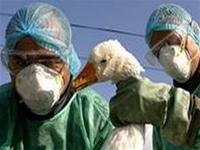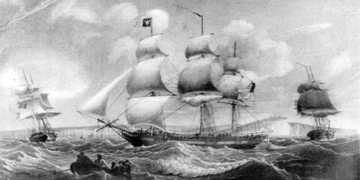Yesterday (November 1), U.S. President George W. Bush announced a national plan worth $7.1 billion to prepare for a potential outbreak of avian influenza that could spread worldwide.
 |
|
Culling poultry in Romania |
The plan focuses on ramping up vaccine supply so that every American can receive a vaccine within six months of the outbreak.
In his statement, President Bush emphasized that America needs timely support for domestic pharmaceutical manufacturers to ensure there are enough vaccines available. According to him, the United States may have to confront an outbreak at some point, either from a strain of avian influenza in Asia or from another super strain.
“Early detection of the disease is our first line of defense,” Bush said. He also urged other countries to acknowledge when an outbreak occurs within their borders. “No country can deliberately ignore this threat,” he stated.
According to Bush, the United States must be prepared to detect an outbreak anywhere in the world, stockpile vaccines, and be ready to respond at the federal, state, and local levels in case the flu reaches America.
The strategy includes:
– $1.2 billion for the government to purchase enough doses of the current avian influenza vaccine to protect 20 million Americans.
– $1 billion to stockpile additional H5N1 antiviral medications such as Tamiflu and Relenza.
– $2.8 billion for the development of vaccines as new flu strains emerge, a process that will take several months.
– $251 million for international preparedness, including improving early warning systems for identifying individuals infected with the flu virus.
– $100 million for state-level preparedness, including planning for the direct distribution of stockpiled medications to patients.
– $56 million for poultry and wild bird testing.
The government has also established a website http://www.pandemicflu.gov/ to provide information to the American public on how to protect themselves and their families.
As of now, the H5N1 avian influenza virus has caused over 60 deaths in Southeast Asia since it first emerged in late 2003.


















































